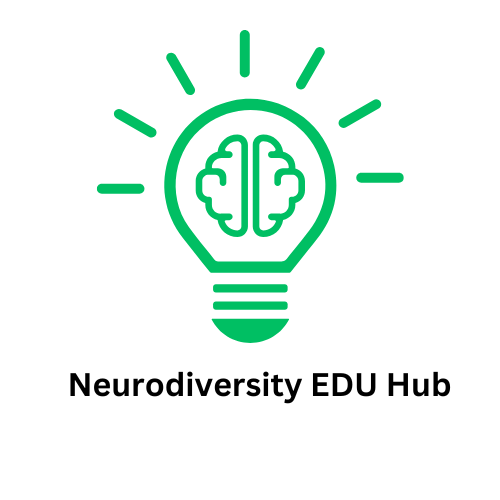
Breaking Job Search Myths in the Neurodivergent Community
In today's world, the job search can be intimidating, especially for those who identify as neurodivergent. Many individuals face additional hurdles and biases that can complicate their journey. In the enlightening video "Stop falling for these job search myths – especially if you're neurodivergent! 💡 Let’s bust them," important misconceptions are challenged, shedding light on how to navigate the hiring landscape authentically and confidently. This article expands on those myths and offers guidance for parents and teachers to support neurodivergent learners in their career aspirations.
In the video "Stop falling for these job search myths – especially if you’re neurodivergent! 💡 Let’s bust them," several misconceptions about job searching are addressed, prompting us to dive deeper into these issues and offer additional insights.
Myth 1: Eye Contact is Mandatory
The first myth tackled in the video is the belief that maintaining eye contact is essential during interviews. While some people find eye contact engaging, for many neurodivergent individuals, it can be overwhelming or even painful. Instead of fixating on this expectation, remember that it’s perfectly acceptable to look away occasionally to gather your thoughts. Engaging by nodding or verbally acknowledging what the interviewer is saying can demonstrate involvement without compromising comfort. As educators and parents, foster an understanding of various social interaction styles, emphasizing that there are different ways to communicate engagement.
Myth 2: Disclosure is a No-Go
Another significant myth to bust is the notion that disclosure of neurodivergent status must always be avoided in professional settings. The truth is, individuals are not obligated to disclose their neurodivergence unless they wish to request accommodations. However, sharing this information can sometimes lead to valuable support and understanding from employers. This empowers parents and teachers to create open dialogues about the importance of self-advocacy and the potential benefits of disclosure, ensuring that neurodivergent individuals understand their rights and can navigate professional spaces knowledgeable and assertively.
Myth 3: Professionalism Equals Masking
Lastly, the video emphasizes that being “professional” does not mean masking one’s true self. Neurodivergent individuals shouldn’t feel pressured to conform to neurotypical standards. Embracing and owning one’s identity—whether through self-soothing behaviors, such as fidgeting, or unique communication styles—can be sources of strength. This counter-narrative illustrates to students and parents that authenticity can be an asset in the job market, especially as companies increasingly value diverse perspectives. Encouraging kids to embrace themselves can foster lasting confidence.
The Importance of Support Networks
As parents and educators, nurturing a supportive environment is crucial for neurodivergent youths. Acknowledging their unique challenges while equipping them with skills to combat common myths can significantly impact their self-esteem and job readiness. Encouraging participation in workshops, mentorship programs, or career counseling can provide practical tools and real-world insight, helping youths navigate their future careers with confidence.
Empowering Action Steps
For those supporting neurodivergent individuals, here are actionable insights to help them thrive: **1. Encourage open discussions about neurodiversity.** Make it a point to talk about different neurological makeup and why it should be embraced. **2. Foster job-seeking skills.** Assist with resume crafting, interview preparation, and role-playing scenarios. **3. Advocate for your child’s needs.** Understand what accommodations might be necessary and how to approach conversations with potential employers effectively.
In conclusion, the job search process need not be a battleground of outdated myths. By dismantling the misconceptions surrounding neurodivergence in professional settings, we can help pave the way for meaningful work experiences that honor true identities. Let’s celebrate the unique strengths that each individual brings to the table, creating a more inclusive job market that recognizes the value of diversity.
 Add Row
Add Row  Add
Add 




Write A Comment